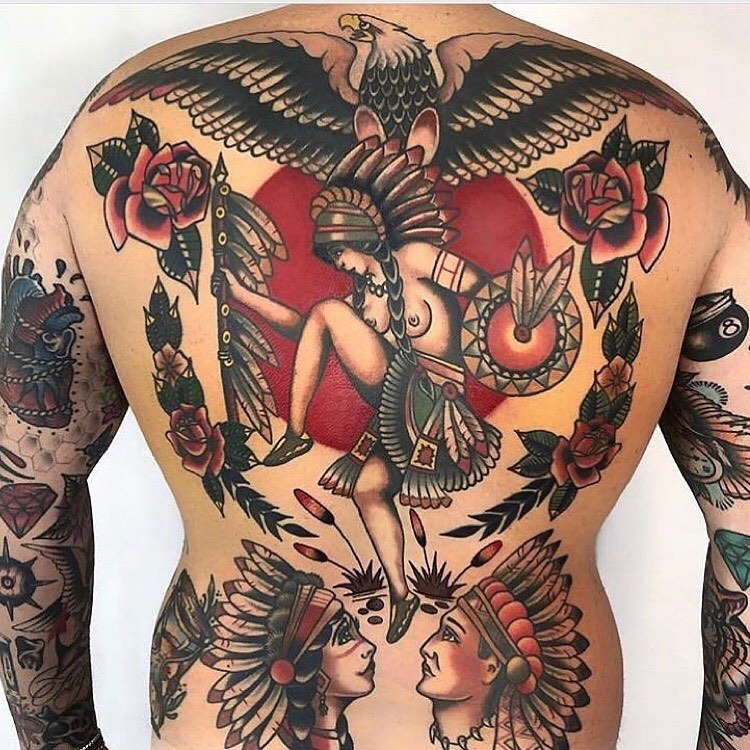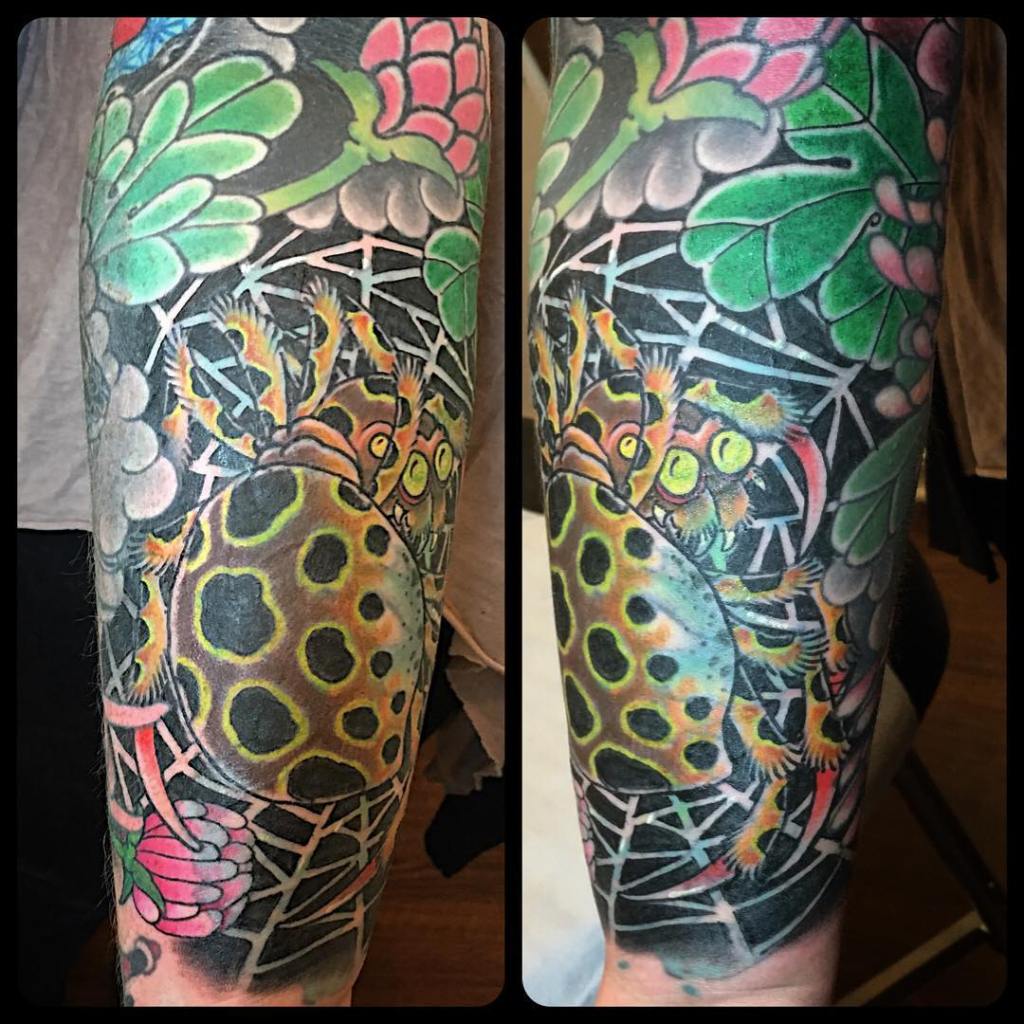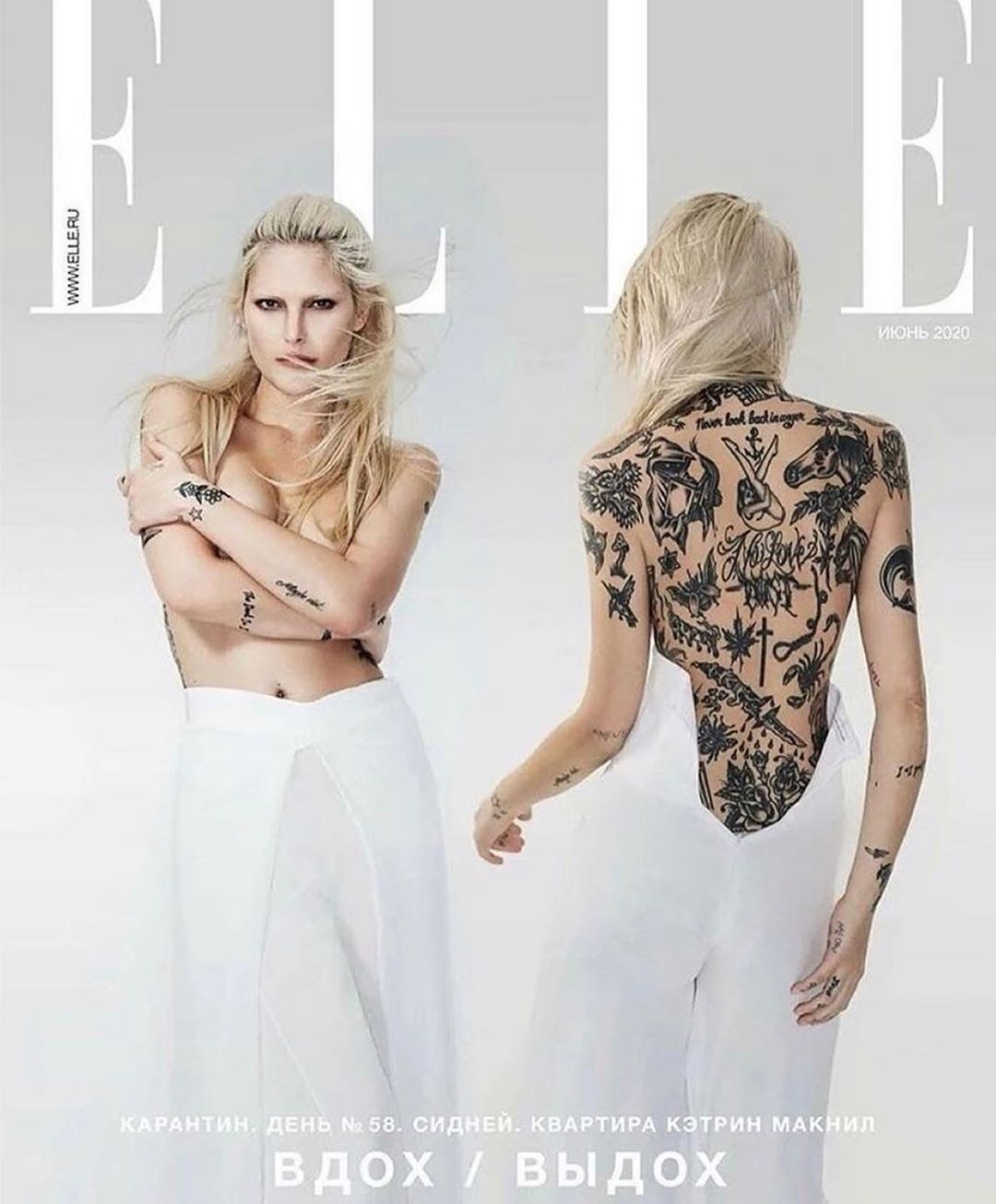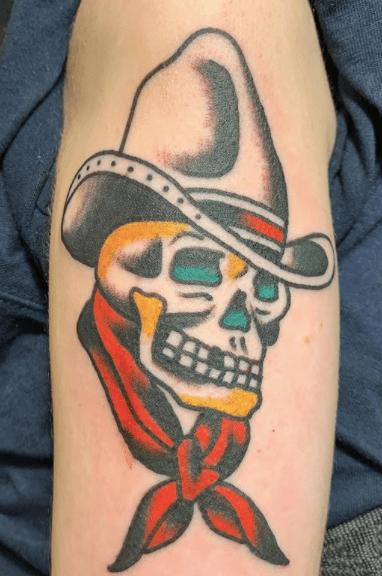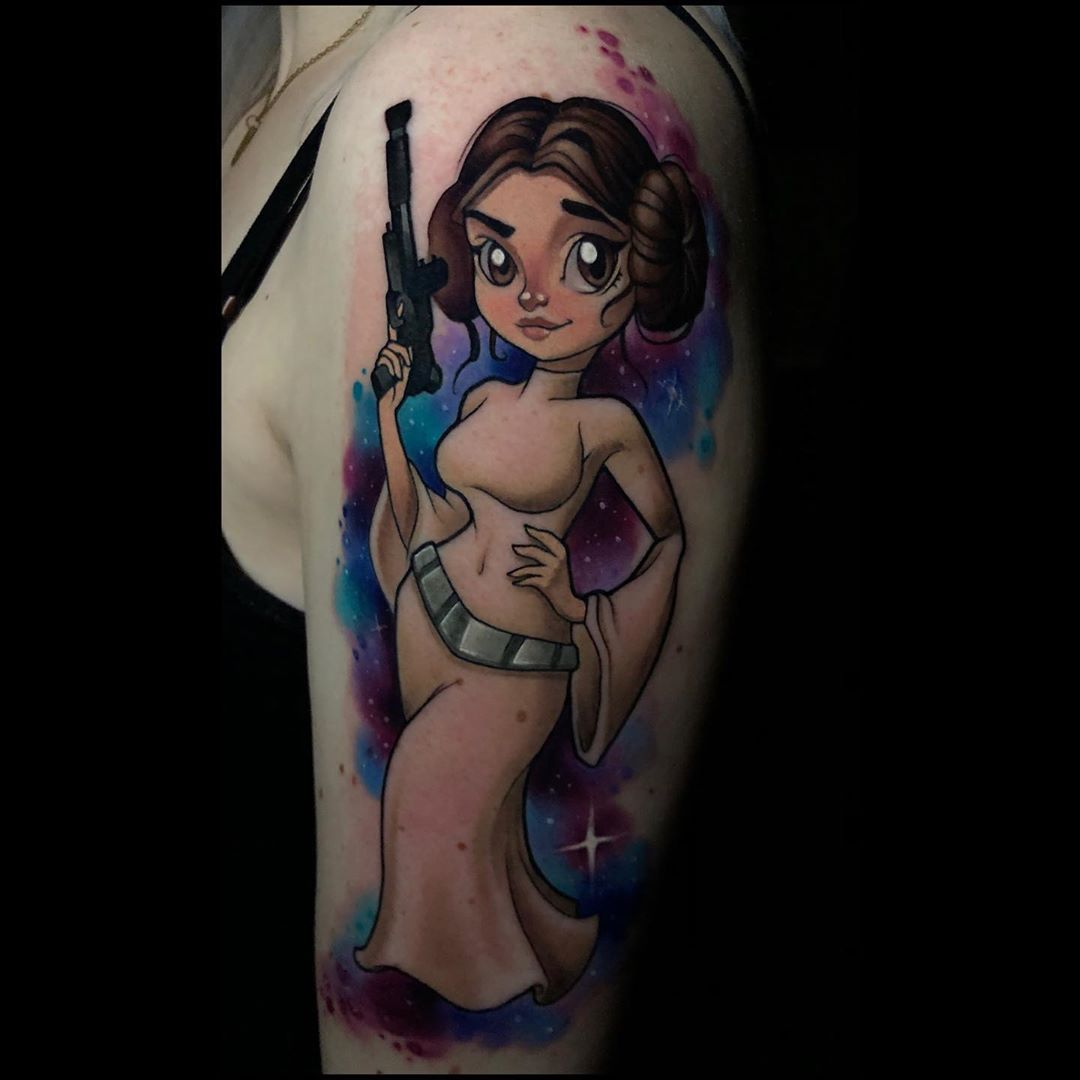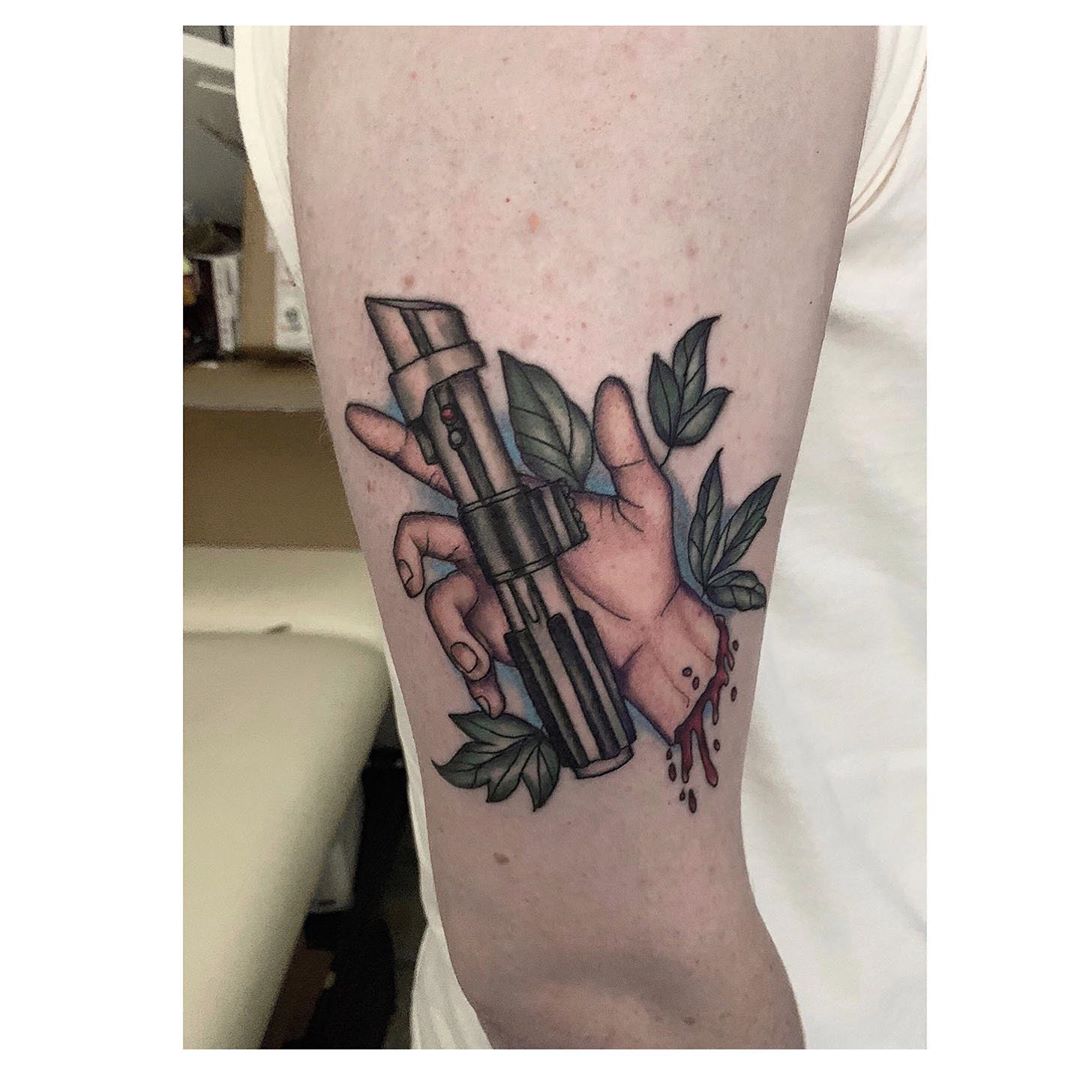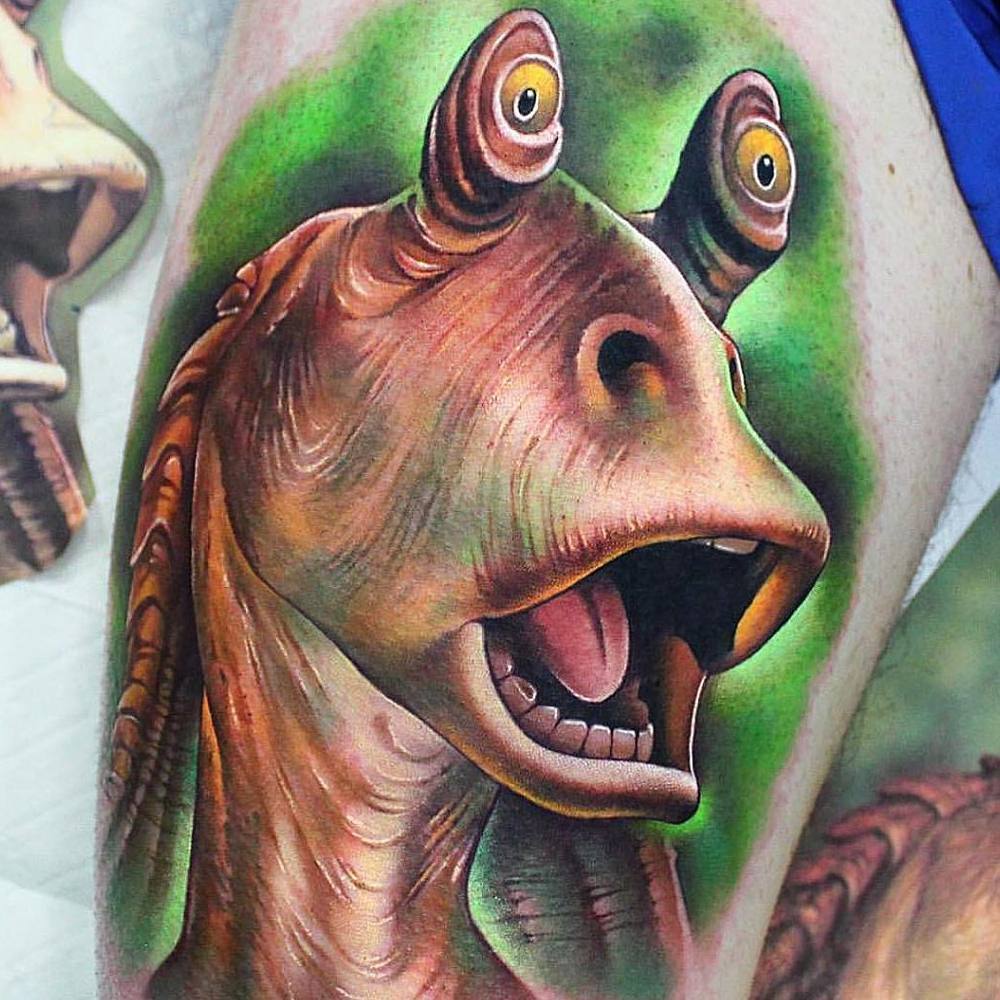Referred to as the “king of tattooists” by himself and others, George Burchett- (Davis) was one of the most famous tattoo artists of his age, particularly in the UK. Notably tattooing in London, marking both the social elite and the hard working class, and even members of the Royal family.


In Burchett’s “Memoirs of a Tattooist” he states that “I have tattooed the subjects of six sovereigns, starting with portraits of Queen Victoria. The tradition has been maintained and still seemed to be strong when I prepared the designs for the coronation of 1953.” He also reminisces about tattooing The Duke of Saxe-Coburg-Gotha, one of Queen Victoria’s favorite nephews, Prince Christian Victor, a grandson of Queen Victoria, and King GeorgeV. Along with English royalty he also tattooed King Alfonso XIII of Spain, and King Frederick IX of Denmark.
Burchett was born in Brighton in 1872, and had a very early introduction to tattooing. He practiced tattooing on his five year old brother, Charles, who apparently traded candy for some scratched designs in his skin. George also tattooed his classmates until he was expelled for doing so at the age of twelve.


After being expelled, George joined the Royal Navy and sailed as a deckhand all over the British Empire, including stops in the West Indies, the Mediterranean, Africa, India, and East Asia. This was also where he fell farther in love with tattooing, as he was able to see marvellous styles and designs from all over the world. He was able to develop his own skill and style by tattooing other sailors.
Life at sea proved to not be for George, so he left the navy while on leave in Israel, and set up his first shop in Jerusalem. This only lasted a short time as he feared being caught by authorities for deserting the navy. This led to him boarding a Spanish merchant ship. He was able to avoid persecution for twelve years, but missed England. It was at this point that he dropped the “Davis” in his last name to make it harder to catch him, and set up shop in London, but this time as a cobbler. Though he did continue to tattoo on the side whenever the opportunity arose. During this time he was fortunate enough to meet two other legendary artists, Tom Riley and Sutherland MacDonald. MacDonald took George under his wing and taught him more about techniques and designs of tattooing.
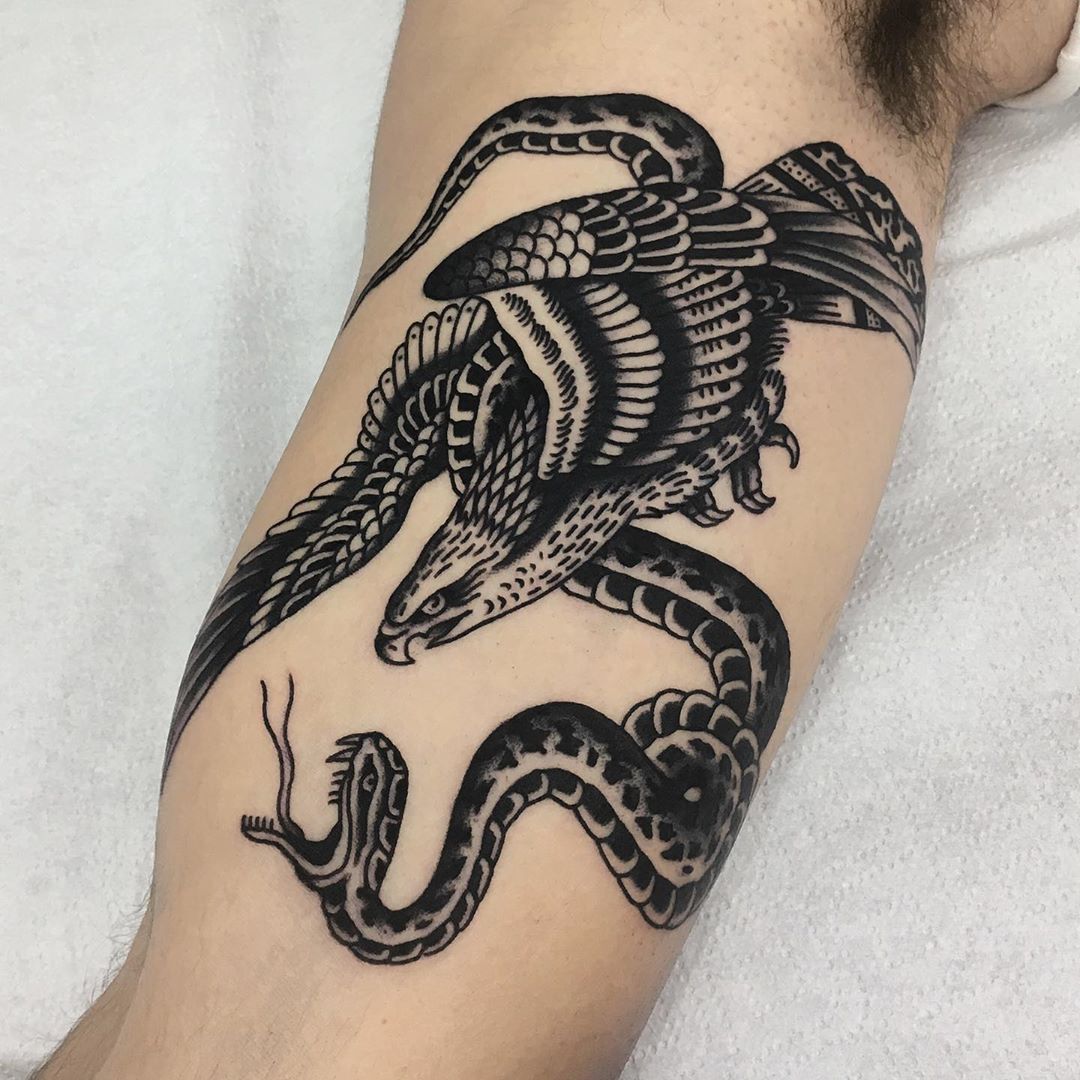

During his time as a cobbler/tattooer he grew more and more popular with the working class as a top tattoo artist, working mainly on sailors, dock workers, and transients that happened through London from all around the world. In 1900 George was able to start tattooing full time and give up cobbling. He opened a proper shop on Mile End Road where he could easily catch soldiers on their way to the front lines in World War One.
As his shop grew in clientele, so did his reputation, leading him to tattoo more wealthy Londoners, and even royals. Though Riley and MacDonald tattooed more royals than he.
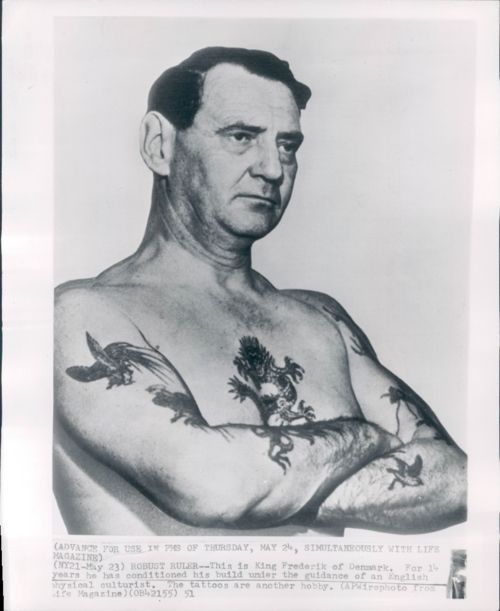
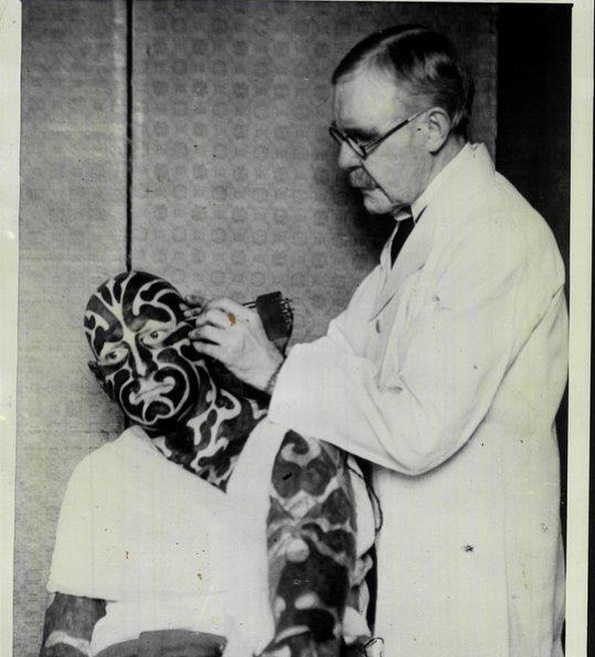
Another of his more famous clients was “The Great Omi,” (Horace Ridler) who was a well known circus performer. George was paid several thousand dollars to tattoo a full body suit that turned The Great Omi into a human zebra.
George is also one of (if not the) first artists to use tattooing as a cosmetic procedure, tattooing women lips and eyebrows (though he also tattooed many flowers and lovers initials on his female clientele).
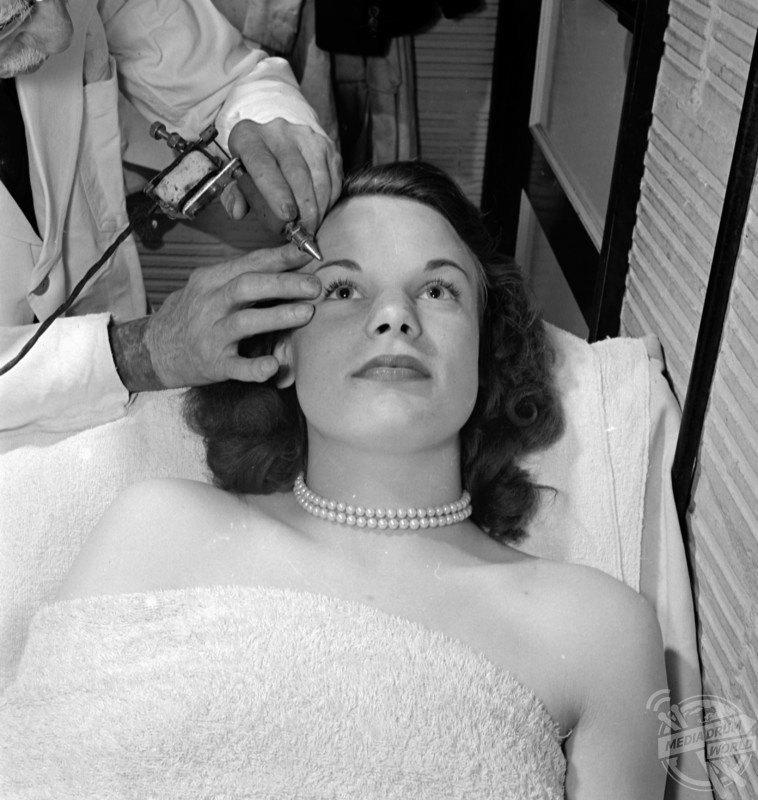

George Burchett was undeniable a classic American traditional artist, though like many historical and modern tattooers, drew influence from African and Asian art that he had the good fortune to see during his travels at sea.
He tried to retire at the age of 70 in 1942, but because of World War Two, tattoos were at an all time high demand, essentially forcing him and his two sons to tattoo the immense amount of soldiers and sailors walking through the door.
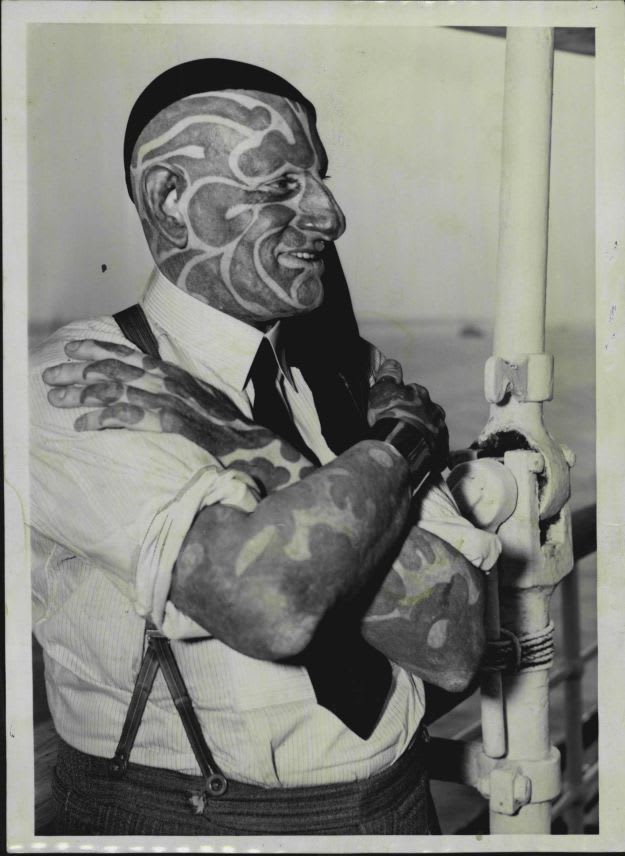

Because he never retired, George worked until Good Friday of 1953 when he died suddenly at the age of 81. His work is still highly influential today with people still getting his designs, or variations of them, tattooed in large numbers.
To read more on Burchett’s life and legacy check out the links below: https://www.tattoolife.com/tattoo-portraits-george-burchett-king-tattooists/
https://www.tattooarchive.com/history/burchett_george_charles.php
As well as the books “King of Tattooists: The Life and Work of George Burchett” and “Memoirs of a Tattooist“
Check out https://www.instagram.com/vintagetattoophotoarchive/ for more vintage tattoo photos
Build your own blog using the link below!
